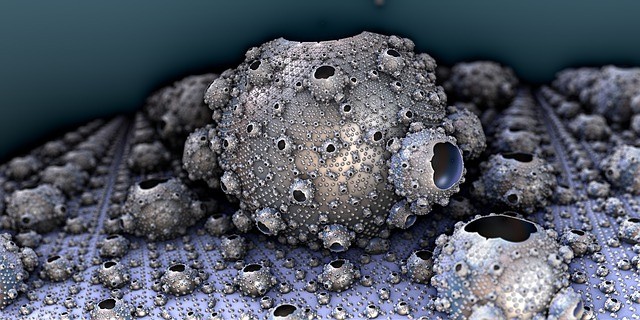
Research says a sample of a rock structure estimated to be 3.5 billion years old could represent the first life on Earth.
3.5-Billion-Year-Old Rock Structures
One study reveals that layered rocks in Western Australia are proof of the initial life on the planet. Ancient fossils are in the stromatolite, layered rocks composed of excretions from photosynthesizing microbial creatures, report Live Science.
One of the oldest of this formation had been deposited way back up to 3.43 billion years, though some older examples exist. The location is in the Dresser Formation of Western Australia, stromatolites, about 3.48 billion years.
Nevertheless, the passage of time had already eliminated traces of organic compounds in such older stromatolites, raising doubts regarding whether microbes genuinely formed them or whether they might have been produced by other geological activity.
Rock Formation Reveals Earliest Life on Earth
Keyron Hickman-Lewis, a paleontologist at the Natural History Museum in London who led the study, stated they could have discovered small structures created by biological processes. Findings point to microbial mats that could have existed on Mars.
Hickman-Lewis explained that the structures in the Dresser Formation are covered in iron oxide when iron had contact with oxygen and is about 3.5 billion years old.
Mars has an oxidized surface with rusty orange, and its rock structures might be the same on Earth, as remnants of ancient life, unlike life on Earth.
The study authors investigated Western Australian stromatolites initially found in 2000 by research co-author Frances Westall at the National Center for Scientific Research (CNRS) in Paris, per ESA.
Scientists use a range of high-end 2D and 3D image processing techniques to evaluate the laminae of the stromatolite at such a microscopic level.
Rock Structures Observations
They had spotted irregular layers with tiny domed shapes that might have been evidence of previous photosynthetic activity. The stromatolite shows that microbes need exposure to an old sun to stay alive and grow more than other types.
Another is the scientists recognized structures that are columnar in shape as their modern counterparts, and such a format is present in some areas on Earth.
Linda Kah, a geochemist and sedimentologist at the University of Tennessee, offered her opinion despite not being involved in the research. She noted that microbial mats are frequently wrinkly, irregularly thick, and have varying spatial characteristics. She told Live Science to piece everything from the structure, which is a microbial mat. In the case of the red planet, it could be red microbes.
The proof that perhaps the Dresser Formation stromatolites are indications of microbial life does not make them the earliest life on the globe. One of the oldest formations of stromatolites in Greenland is about 3.7 billion years old, and the microfossils from Canada are supposed to be 4.29 billion years.
Furthermore, trying to identify which is life or caused by geological indicated in the oldest rocks. Verifying them is challenging for scientists. Study authors suggest this method can be applied to Mars samples returned from there.
The 3.5 billion years old rock structures are believed to show the earliest life on Earth, which is yet to be verified.








